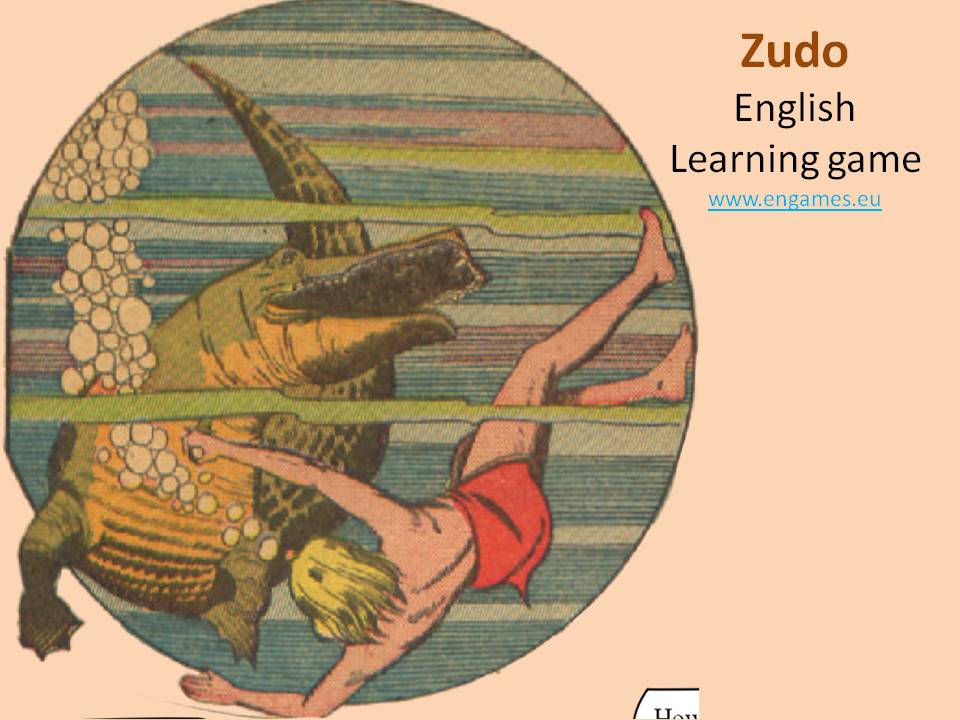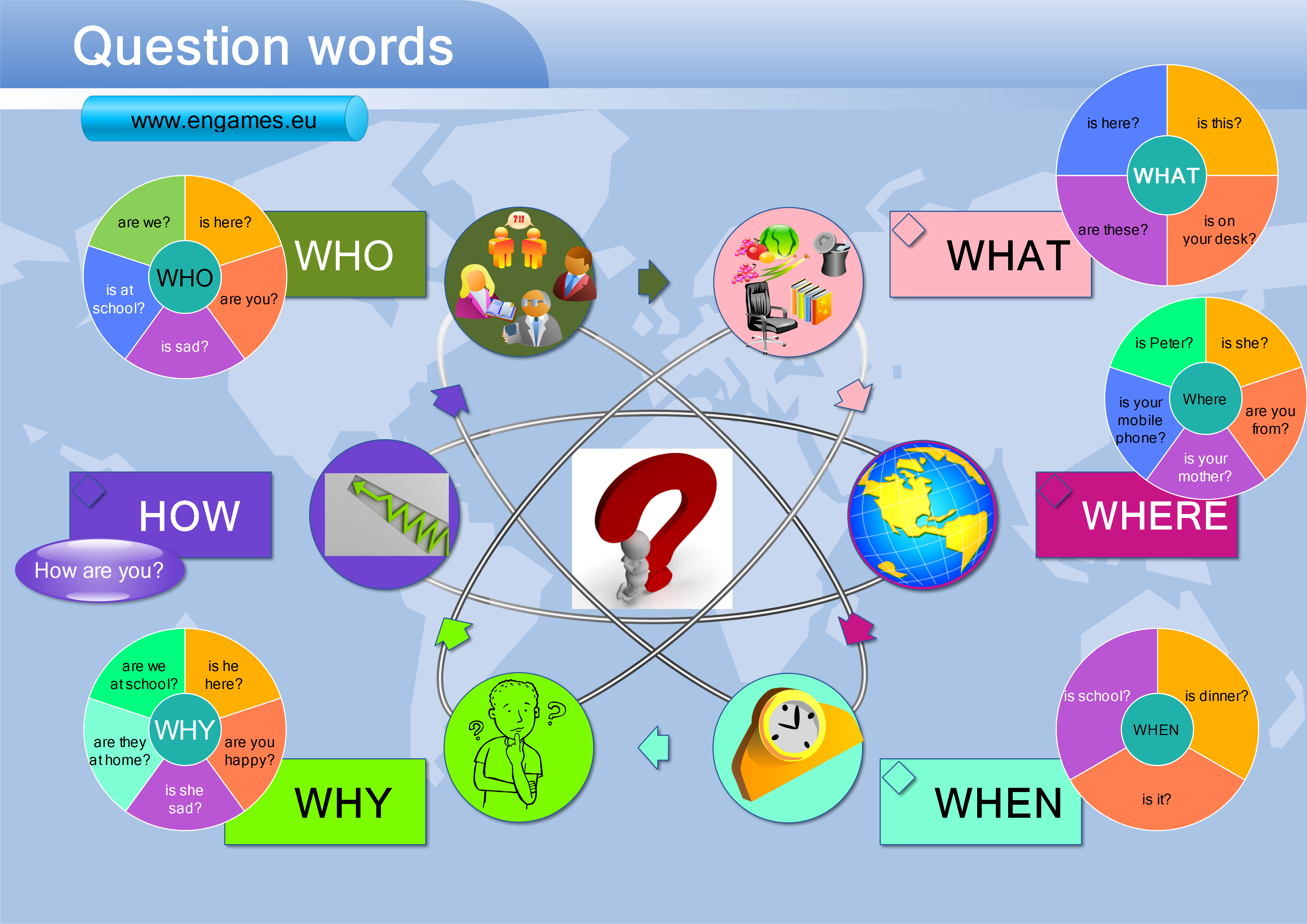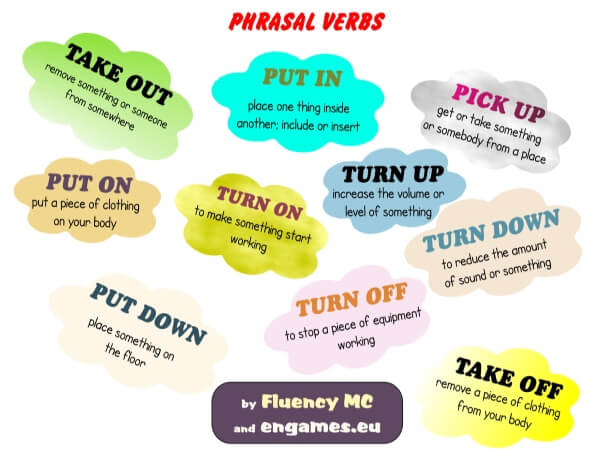Be Going To – Treasure hunt
The following set of activities is for false beginners and elementary students of English. The aim of these activities is to practise the usage of the form be going to and reinforcing this form.
<!– wp:more –>
Be going to – Preparation
ADVERT:
[showmyads]
Be going to worksheet
Be going to – Treasure hunt
1. Display the first slide and tell students that they need to find ‘buried’ treasure under one of the squares. Ask them to give you the coordinates of the square by saying the sentence. Click on the squares to reveal what is beneath. Correct pronunciation and elicit the long forms of I’m, He’s, We’re and They’re.
You can download the powerpoint presentation here:
Be going to Powepoint presentation2. Display the second slide and tell the students that now you have put the treasure in a different place and that they can find it by making negative sentences. Once they find the treasure, tell them that they are going to play a similar game in pairs.
3. Hand out exercise 1 from the worksheet. You might want to elicit all the sentences and check pronunciation before the students start working in pairs.
4. Ask the students not to show their paper to anyone and to hide four treasure chests in the grid by writing four Xs. Then they try to find their partner’s treasure as in steps 1 and 2 above. When the guessers find one of the crosses, they should write it in their copy of the grid; when they find a blank square, they should draw a line through it. Let them play for a maximum of five minutes.
5. Display the third slide. This time students find the treasure by making questions.
6. Hand out exercise 2 from the worksheet. The students play the same game as before, but this time they make questions. At the end of this activity they should be familiar with all the forms of ‘be going to’, so now it’s time for how to use it.
Be going to – Future plans
8. Elicit the use of the form – for your plans for the future.
You can use the following infographic to explain the form:
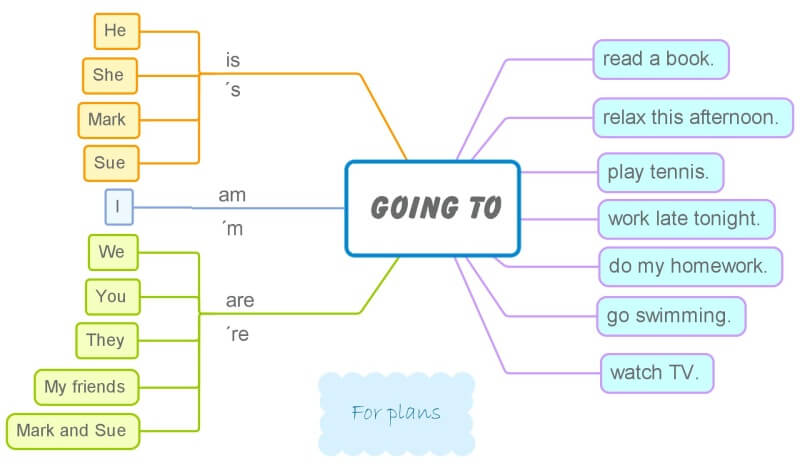
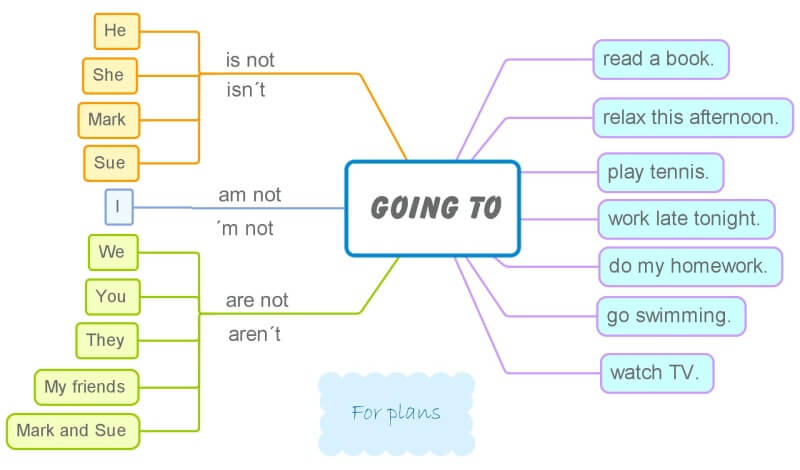
ADVERT:
[showmyadsa]
Be going to – infographic
9. Display the fifth slide, hand out exercise 3 from the worksheet, and ask the students to write down your plans for the given times. After five minutes collect the sentences and check them during the next activity. Suggested answers are given at the bottom of p.5.
10. Hand out exercise 4 from the worksheet and ask the students to draw their plans in the grid. Tell them that they have only five minutes to do this and they mustn´t write words. If they don’t have any plans, they should make them up. In the meantime, check their answers to the previous activity.
11. The students work in pairs to guess what their partner is going to do, using the pictures. They should use yes/no questions and short answers. Demonstrate with one of the students, using your plans on the PowerPoint slide:
A: Are you going to buy a kite next month?
B: No, I’m not.
A: Are you going to fly a kite next month?
B: Yes, I am.
12. Return the students’ sentences from exercise 3 and give feedback.
Be going to – follow up
1. If students need further practice with the form, you could use the following drill:
Say the first sentence and ask the students to transform it using the word you give them. Demonstrate the first one or two.
I’m going to play tennis tomorrow.
you: You’re going to play tennis tomorrow.
football: You’re going to play football tomorrow.
Here is the sequence:
I’m going to play tennis tomorrow.
you / football / watch / they / TV / next week / buy / we / he / a car / she / question / you / he / drive / negative / I
2. Hand out exercise 5 from the worksheet. Check vocabulary before students start the pair work. They then work in pairs to ask and answer the questions.
3. You can find a great infographic and more teaching ideas on be going to here.
4. There are some great ideas on teaching Be going to at British Council site.

